The Fed’s bind: inflation lingers, growth stalls
UBS expects the Federal Reserve to cut interest rates by 100 basis points in 2025, starting in September. That forecast hinges on labour market softness—not yet fully realised—but it’s a notable shift from early-year expectations. Still, the Fed’s path is “complicated” by inflation that refuses to cool. Core and headline PCE have hovered around 2.5% for over a year, and tariffs introduced in the early days of Trump’s second term threaten to rekindle price pressures.
The Q1 GDP contraction masks underlying resilience, with final sales to domestic private purchasers growing at a 3% annualised pace. But with US growth forecasts tumbling—consensus expectations for 2025 have dropped sharply since “Liberation Day,” the market name for Trump’s tariff blitz—UBS warns the most optimistic quarter of the year may already be behind us.
US assets lose their shine
The myth of US exceptionalism is beginning to crack. In April, both Treasuries and equities sold off—an unusual combination that suggests even traditional safe havens are falling out of favour. The S&P 500 fell 3.3% year-to-date as of early May, with large-cap growth stocks down 3.9% and small caps a brutal 9.4% lower. The so-called “Mag 7” tech giants were among the hardest hit but also quickest to rebound.
More troubling is the international comparison: developed markets outside the US have outperformed, while the dollar is down 7.8% since the start of the year. Gold, up 23.5% YTD, is sending its own signal.
UBS expects S&P 500 earnings to flatline at USD 250 per share in 2025, with a recovery to USD 275 in 2026. The market, it seems, is already looking past the tariff pain and pricing in a better year ahead.
Consumers split in two
Beneath the macro surface, consumer stress is mounting—and deeply unequal. Nearly half of all US consumption is now driven by the top 10% of earners. While disposable income remains USD 2 trillion above pre-pandemic trends, lower-income households are being squeezed. Credit card charge-offs have hit decade highs. Balances are growing, even as rates remain elevated.
Sentiment, meanwhile, is collapsing. The University of Michigan’s consumer sentiment index has returned to levels not seen since the pandemic, and expectations of rising prices are feeding the gloom. In UBS’s words: “Consumers are increasingly bifurcated and anxious.”
Dealmaking slows, but private equity holds ground
The initial optimism that 2025 might be a breakout year for M&A has faded. Sentiment among dealmakers has plunged to decade lows, as tariff policy and elevated rates force a wait-and-see approach. IPO activity has also stalled, with several listings delayed following April’s volatility.
Yet not all capital is retreating. Private equity has been more resilient, bolstered by high exit volumes—one mega-deal in Q1 accounted for much of the momentum—and vast reserves of dry powder. VC funding, too, remains buoyant but narrowly focused: over 70% of Q1’s VC dollars went into AI deals.
A bet on cuts, a hedge on chaos
UBS’s macro view is blunt: the US is sliding into a stagflation-lite regime, with policy missteps now posing the biggest threat to stability. The bank is betting on rate cuts, but not without risk. If tariffs persist or expand, inflation could flare. If labour holds up longer than expected, cuts may come too late.
Investors, UBS argues, are already looking to 2026. But in the meantime, they’ll have to live with volatility—and a US economy losing its margin for error.
